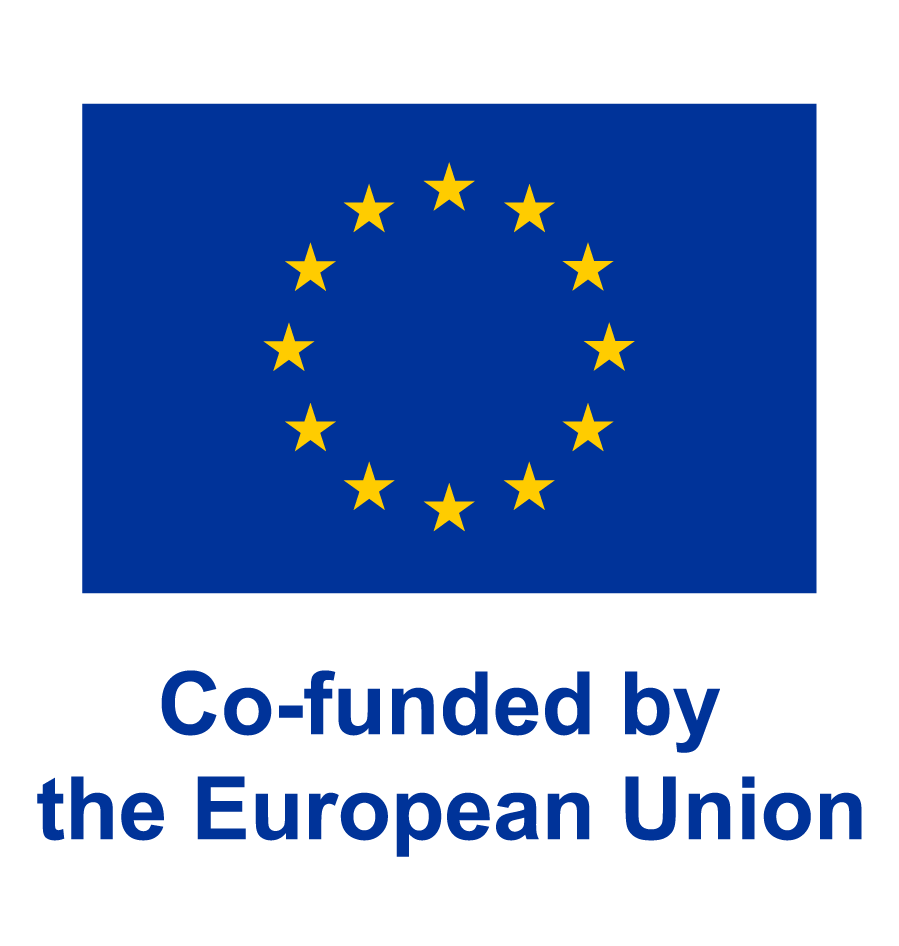Definition
Flipped Classroom (FC) is a competency-based learning methodology where students engage with learning materials before class, maximizing active learning time during lessons.
Benefits of FC
Challenges of FC
Definition
Case-Based Learning (CBL) is an experiential teaching method where students analyze real or hypothetical cases to develop problem-solving and decision-making skills.
Formats of cases
Flipped Classroom prepares students with foundational knowledge before class.
Case-Based Learning applies that knowledge in real-world scenarios.
Higher engagement, improved decision-making, and deeper learning.
Downloadable material
Learning Café is a structured discussion format where students rotate through themed discussion tables to share insights and develop solutions collaboratively.
Purpose of the Learning Café
1. Set up the learning environment
Arrange multiple tables, each representing a specific theme or question.
Provide paper, pens, sticky notes, and flipcharts for capturing ideas.
2. Introduce the objectives and structure
Explain the goals of the session and the importance of discussion.
Outline the process: participants will rotate between tables, discussing each theme.
3. Select themes or questions
Choose topics aligned with the learning objectives (e.g., maternal mental health education).
Each table is assigned a predefined theme or guiding question.
4. Divide participants into small groups
Each group sits at one table and begins discussing the assigned theme.
A moderator (or table host) remains at each table throughout the session.
5. Facilitate discussions
Participants discuss, share experiences, and write down key ideas.
Moderators guide the discussion and summarize key points.
6. Rotate tables
After 15–30 minutes, participants move to a new table, while moderators stay.
The new group builds upon previous discussions, refining or expanding ideas.
7. Repeat as needed
Multiple rotations ensure a broad exchange of perspectives.
Facilitators can introduce new guiding questions to deepen discussion.
8. Wrap-up and reflection
Moderators present key findings from their tables.
Participants reflect on insights gained and how they can apply them.
This module incorporates insights from Innokylä’s Learning Café methodology.

